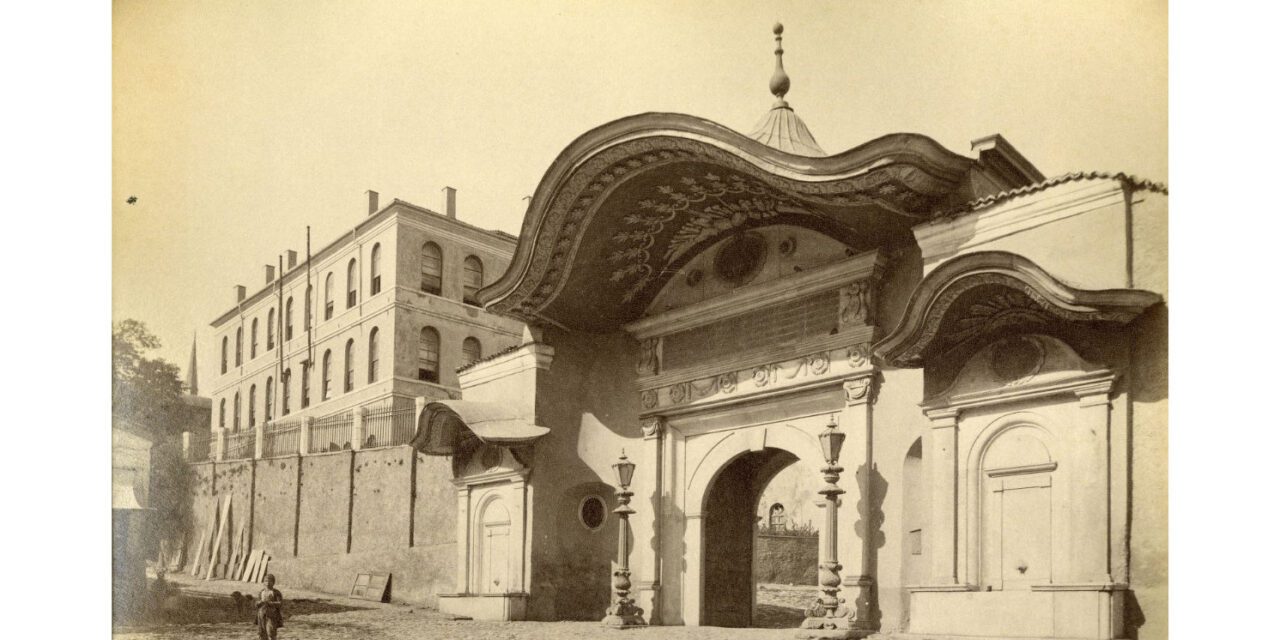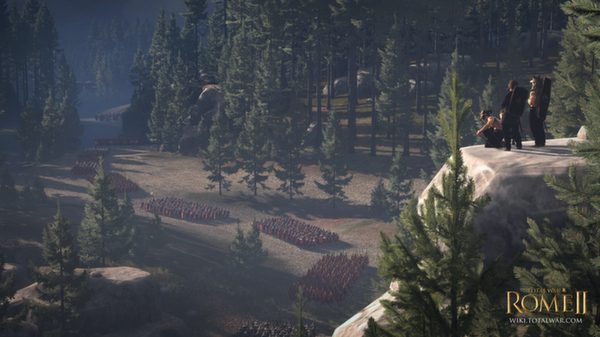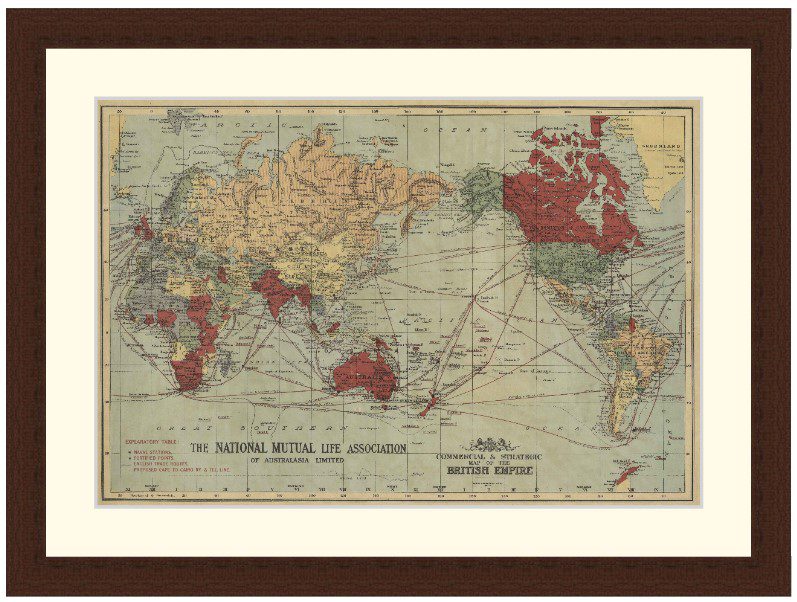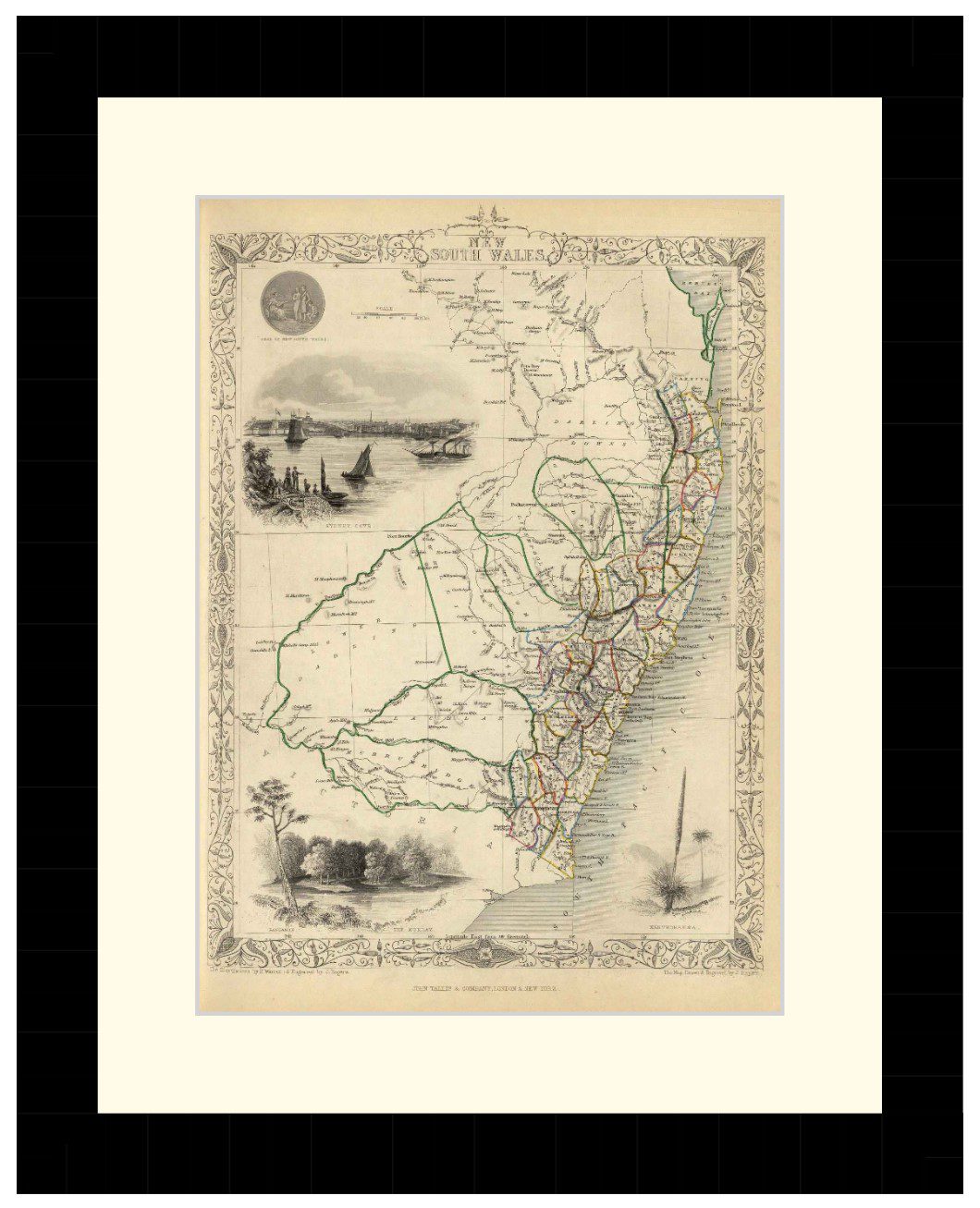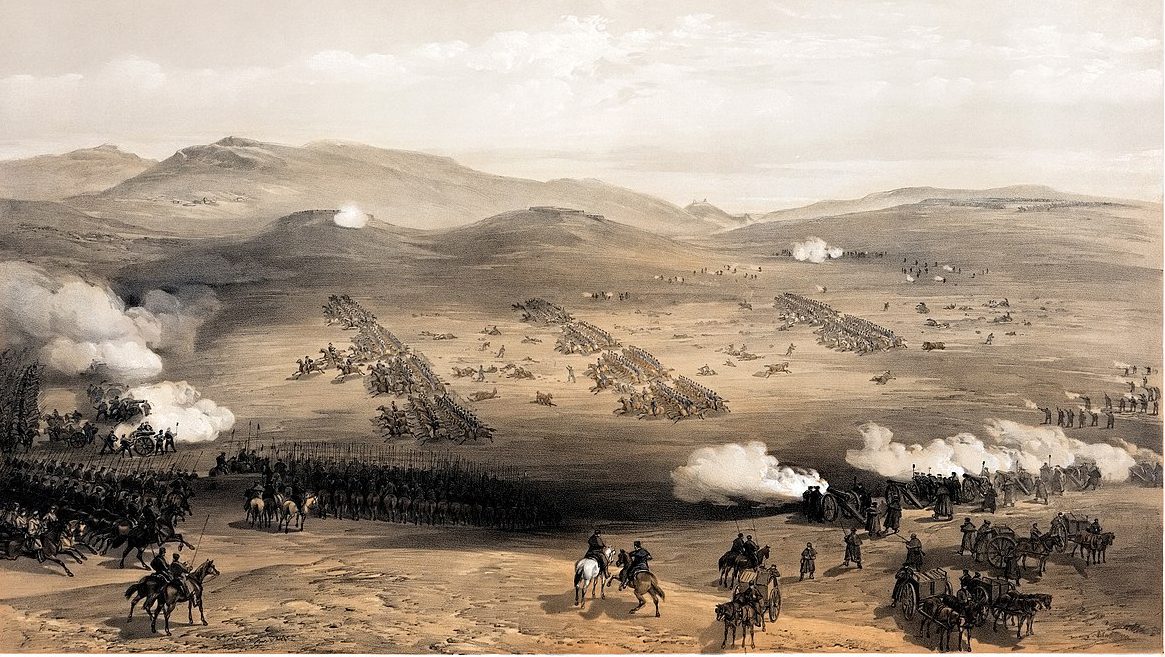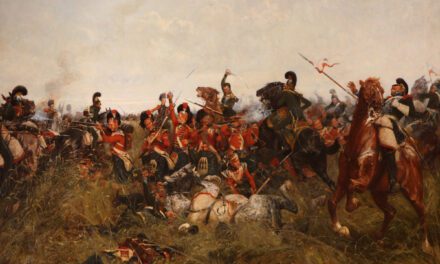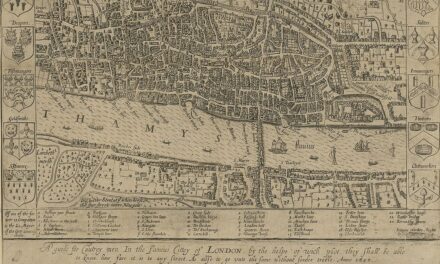History Guild General History Quiz 205
See how your history knowledge stacks up!
Want to know more about any of the questions? Scroll down to learn more!
Have an idea for a question? Suggest it here and we’ll include it in a future quiz!
The stories behind the questions
1. Which Royal court was known as the Sublime Porte?
Ottoman – Meaning High Gate, it originated in the in the Byzantine and then later Ottoman practice in which the ruler announced his official decisions and judgements at the gate of his palace.
2. How many enslaved people did Britain transport from Africa to the Americas?
3.1 million – By the 1730s, Britain was the largest slave-trading Empire in the world. It is estimated that between 1640 and 1800, private British citizens across the Empire transported 3.1 million Africans as slaves.
Yet less than seven years later, the British parliament officially abolished slavery. And they didn’t stop there. The British government then proceeded to pressure allies and other European nations such as Portugal, Spain and France to also abolish slavery, and devoted significant Royal Navy resources to intercept and arrest slaving ships off the coast of Africa.
3. Which of these was the nickname of a senior officer during WW2?
All of the above – Major General Robert ‘Looney’ Hinde was given that nickname as a nod to his unique personality. A courageous Scottish officer, Hinde was noted for his involvement in “madcap pranks”. British Lieutenant-General William Gott’s name inspired his nickname ‘Strafer Gott’ a play on the slogan ‘Gott strafe England’ (God punish England) used by Germany in World War I. Italian Lieutenant General Annibale Bergonzoli was known as ‘barba elettrica’ (‘Electric Whiskers’) thanks to his striking beard.
Read about the best nicknames from history here.
4. Which country launched the 1975 Operation Komodo?
Indonesia – Operation Komodo, also known as Operation Lotus, was a general invasion of East Timor by Indonesia. It was the largest military operation ever mounted by Indonesia, and it led to the deaths of at least 100,000 East Timorese, and possibly many more.
5. Where did a devastating famine that caused 3 million deaths occur in 1943?
India – A perfect storm of factors led to the famine, with a cyclone, tidal waves and flooding, and rice crop disease all occurring in south west Bengal in the preceding year. Japanese occupation of Burma also limited the import of rice, while wartime inflation increased food prices, but wages failed to follow suit. When the famine became evident the British Indian government was slow to act, as well as being constrained by a lack of shipping. The British government prioritised other wartime needs and failed to provide the aid that was requested by the British Indian government, leading to the devastating loss of life.
6. What was the most important aircraft of WW2, according to General Eisenhower?
C-47 Skytrain – This transport aircraft, adapted from the Douglas DC-3 airliner that first flew in 1935 was the most widely used transport aircraft of the war. Variations of it were used by all major combatants, including Germany and Japan. The other vehicles that Eisenhower rated as essential were the Jeep, 2 1/2 Ton Truck and Bulldozer.
7. When was the English Glorious Revolution?
1688 – The Glorious Revolution was the overthrow of King James II of England (James VII of Scotland and James II of Ireland) by a union of English Parliamentarians with the Dutch stadtholder William III of Orange-Nassau (William of Orange). William’s successful invasion of England with a Dutch fleet and army led to his ascending of the English throne as William III of England jointly with his wife Mary II of England, in conjunction with the documentation of the Bill of Rights 1689.
8. In the early 1980s which country adopted the ‘One Country, Two Systems’ political and economic ideology?
China – Since 1980, China has established special economic zones (SEZs): areas where the government of China establishes more free market-oriented economic policies and flexible governmental measures. This allows SEZs to operate under an economic system that is more attractive to foreign and domestic firms than the economic policies in the rest of mainland China. Most notably, the central government in Beijing is not required to authorise foreign and domestic trade in SEZs, and special incentives are offered to attract foreign investors. SEZs were originally created in Shenzhen, Zhuhai, and Shantou in Guangdong Province and Xiamen in Fujian Province.
9. Which of these countries used to have a German colony on what is now their territory?
All of the above – Namibia was part of German South West Africa, Tanzania was part of German East Africa and German New Guinea encompassed the northern part of Papua New Guinea.
10. Which of these ancient civilisations was centered on the island of Crete?
Minoan – The Minoan civilization was a Bronze Age civilisation on the island of Crete and other Aegean Islands. It’s earliest traces date to 3500 BCE, with the complex urban civilisation beginning around 2000 BCE, and then declining from around 1450 BCE. The Minoans were known for their great cities and palaces, extended trade throughout the Mediterranean, and their use of writing.

